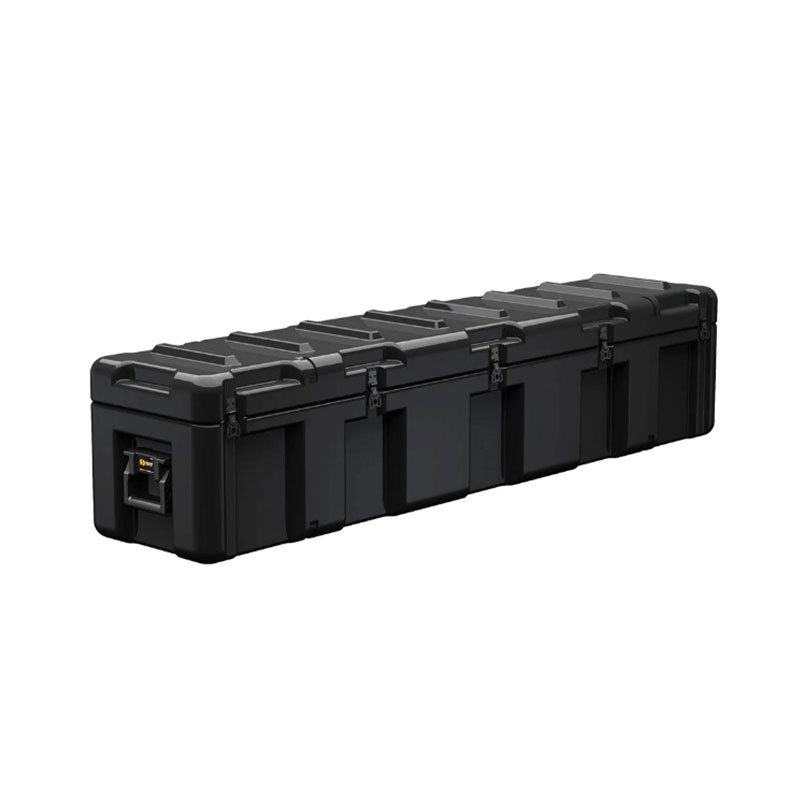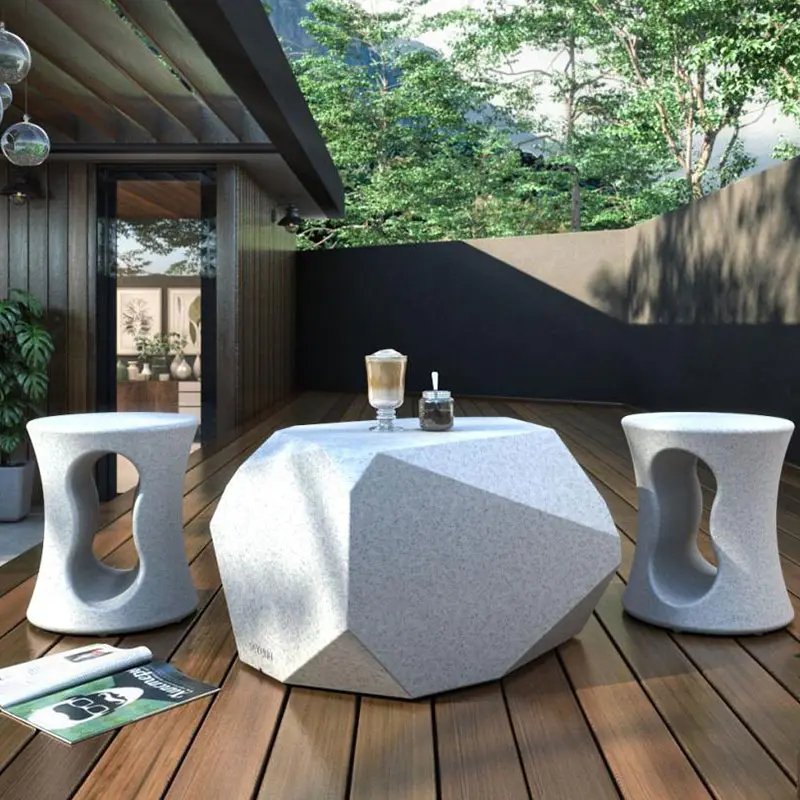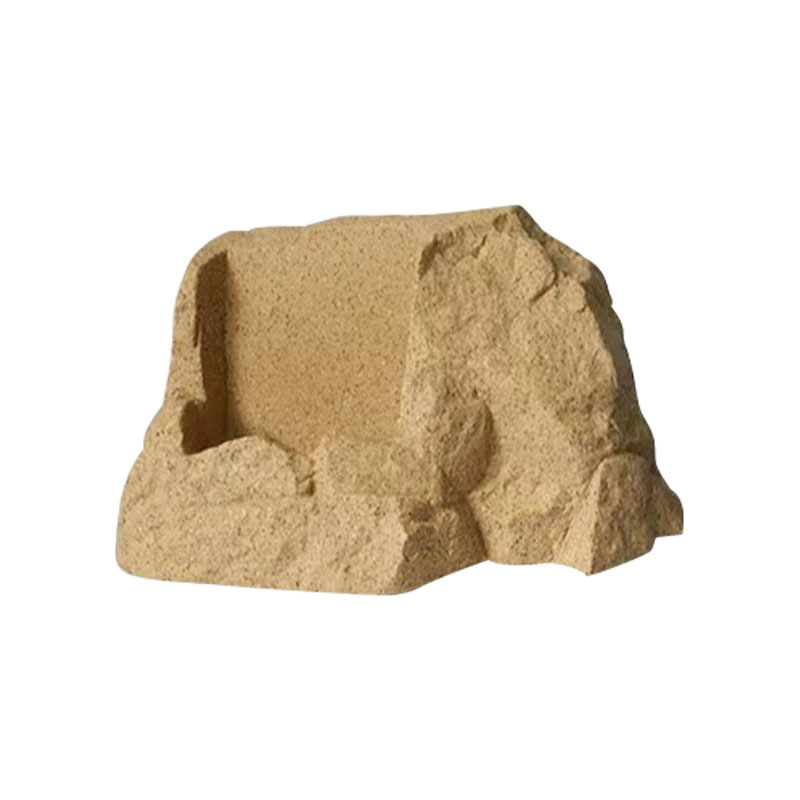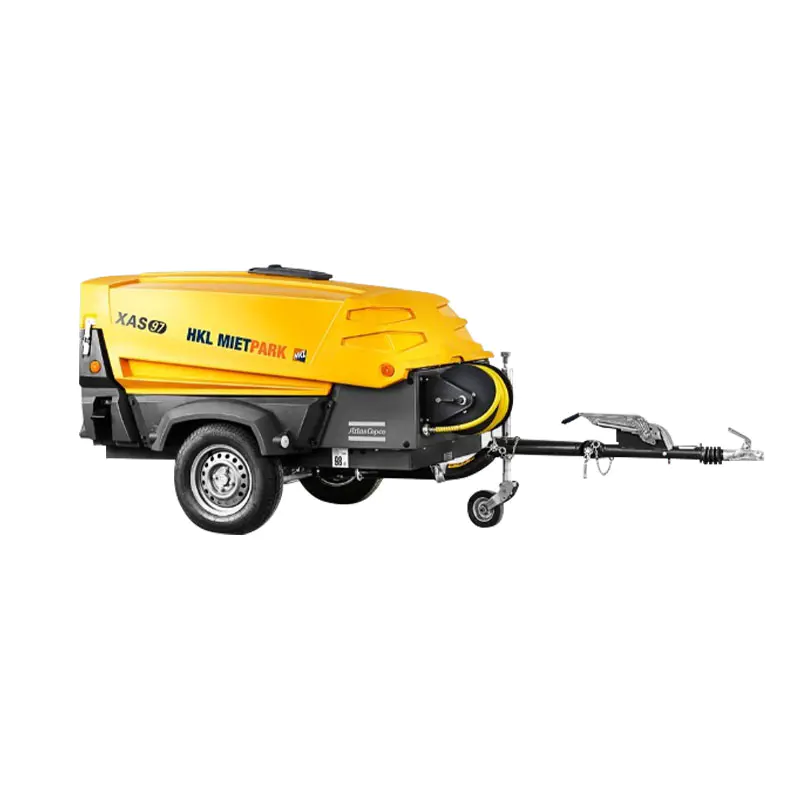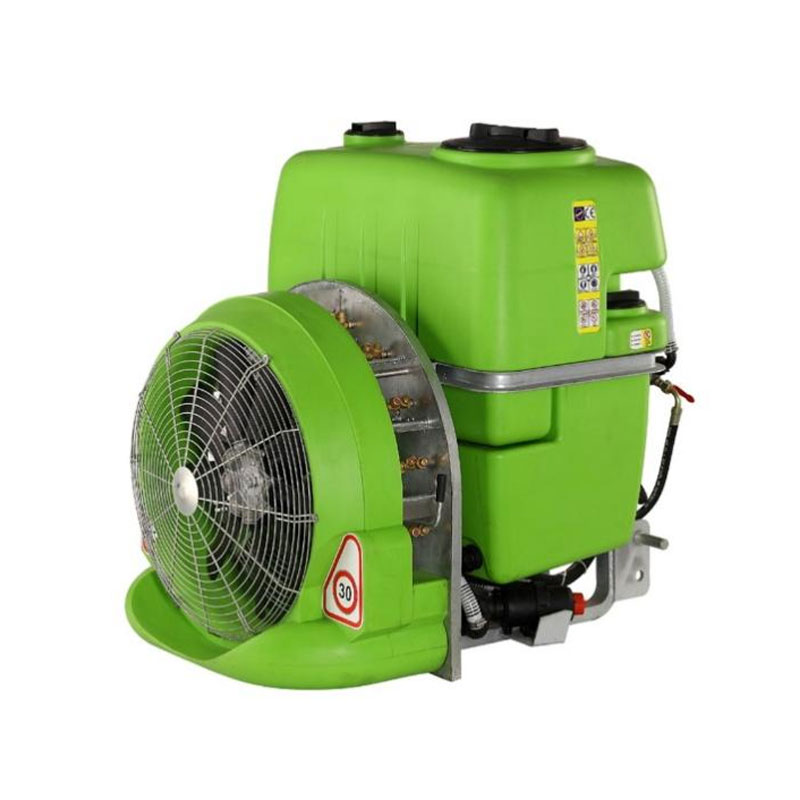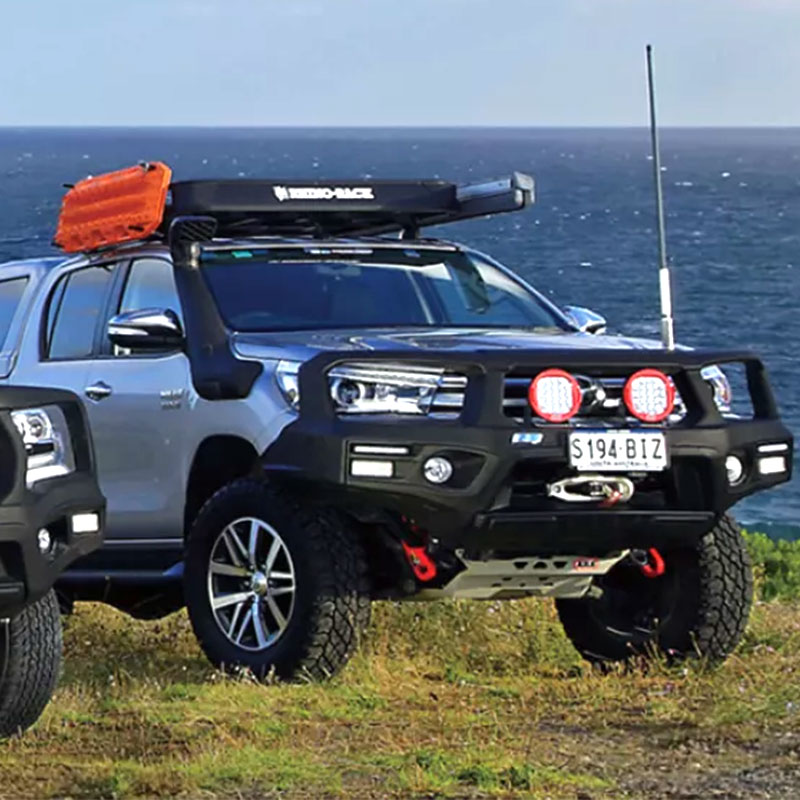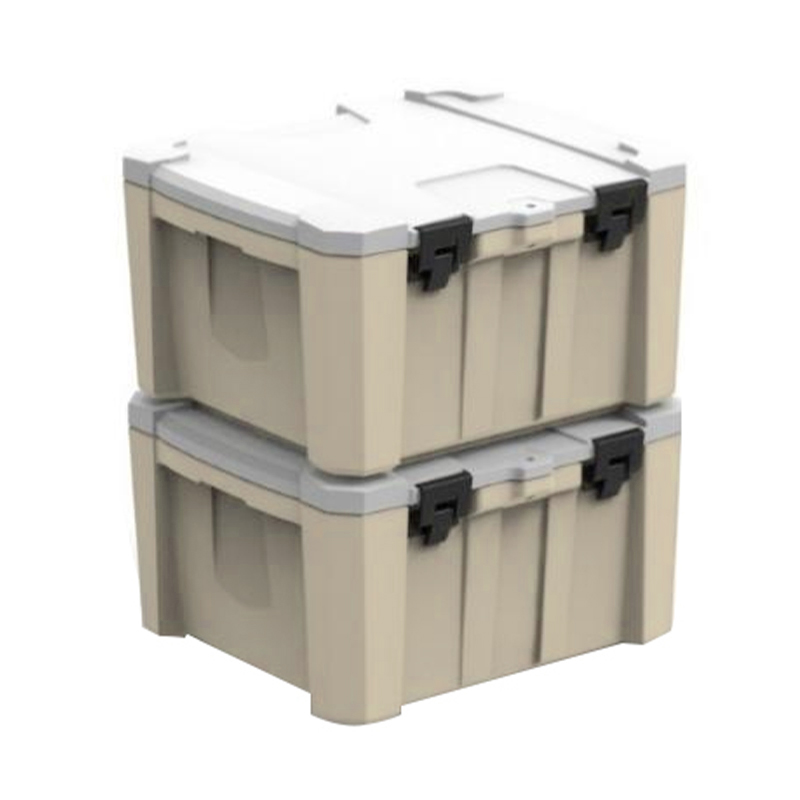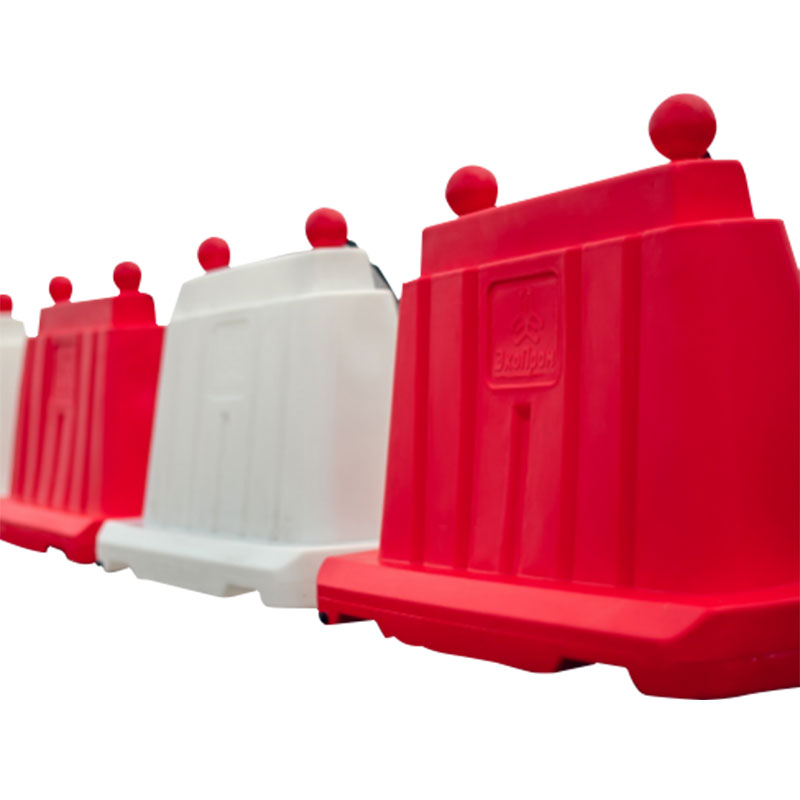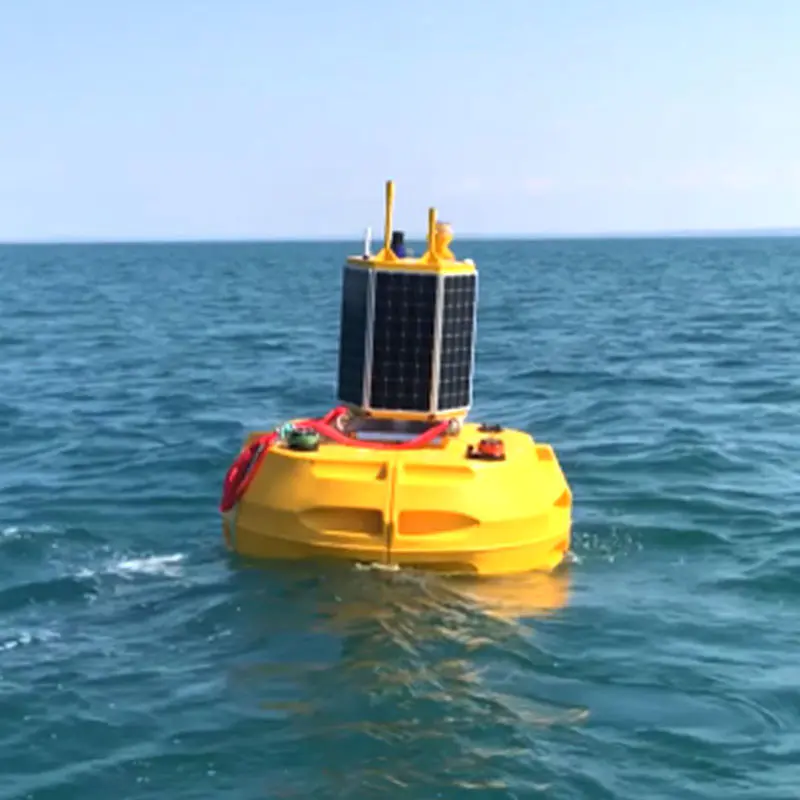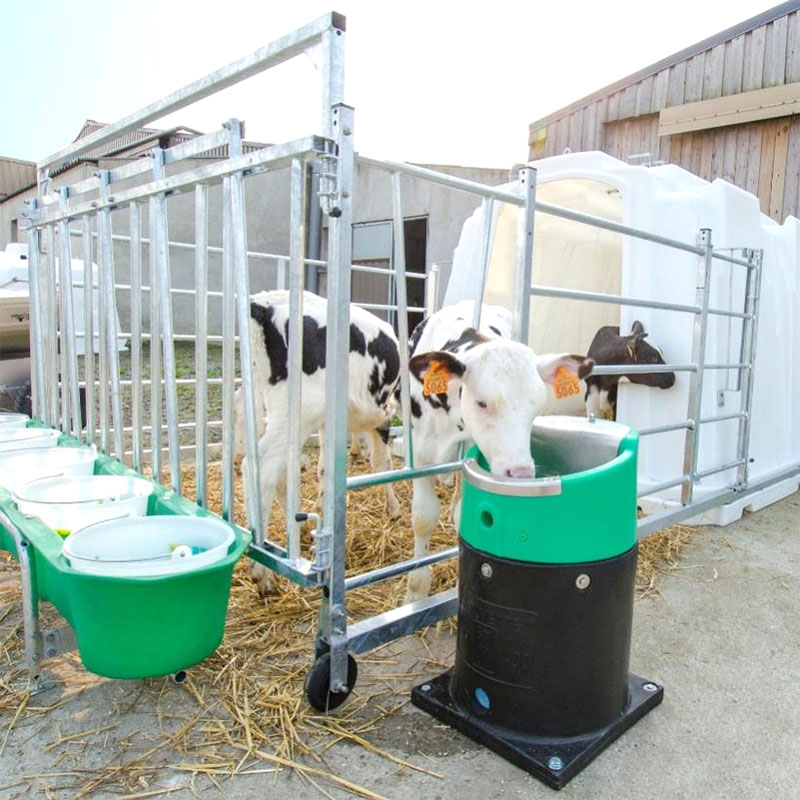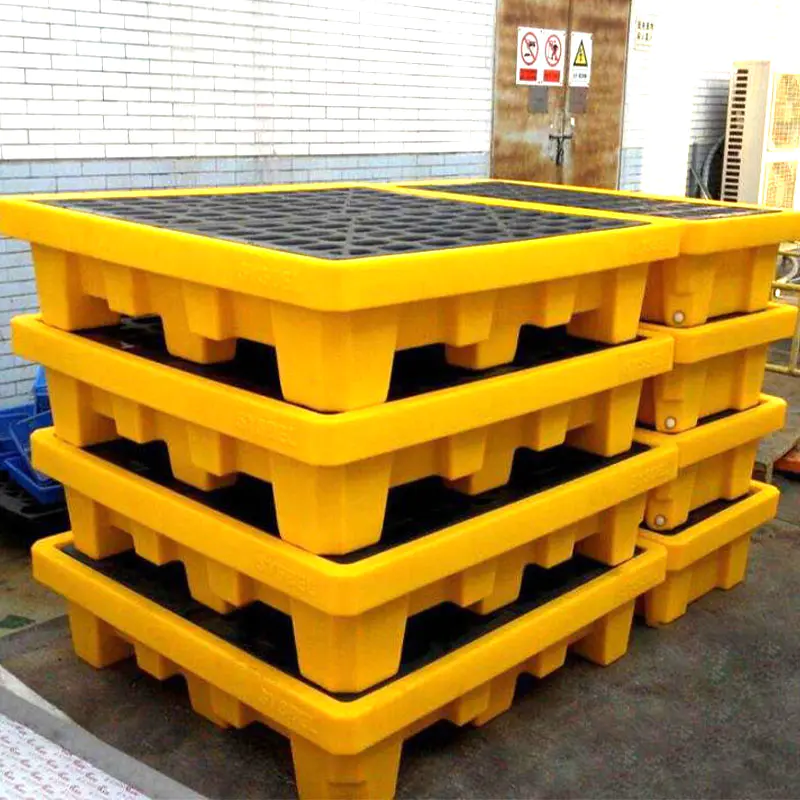Navigation buoys play a critical role in maritime safety, guiding vessels through channels, marking hazards, and ensuring efficient traffic management in ports and open waters. As the demand for more durable, cost-effective, and environmentally sustainable buoy solutions grows, rotational molding has emerged as a leading manufacturing method. Unlike traditional steel or concrete buoys, rotationally molded polyethylene buoys offer superior corrosion resistance, design flexibility, and long-term cost efficiency.
Durability in Harsh Conditions: How Do Rotational-Molded Buoys Outperform Traditional Designs?
Maritime environments are among the most demanding settings for infrastructure, with constant exposure to saltwater, UV radiation, and mechanical impacts from waves and vessel collisions. Traditional navigation buoys, often made from steel or concrete, face significant challenges in these conditions, including rust, biofouling, and structural fatigue.
Rotational-molded navigation buoys, constructed from high-density polyethylene (HDPE) or linear low-density polyethylene (LLDPE), provide inherent advantages:
- Seamless Construction: Unlike welded steel buoys, which develop weak points at joints, rotational molding produces a single-piece structure that eliminates failure-prone seams.
- Corrosion & Chemical Resistance: Polyethylene is impervious to saltwater, oil, and other marine pollutants, ensuring decades of service without degradation.
- UV Stability: Advanced additives in rotational molding resins prevent brittleness and color fading, even under prolonged sun exposure.
- Impact Absorption: The material’s flexibility allows it to absorb shocks from collisions, reducing damage compared to rigid metal or concrete alternatives.
These attributes make rotational-molded buoys particularly suitable for high-traffic ports, offshore wind farms, and remote oceanographic monitoring stations where maintenance opportunities are limited.
Cost-Effectiveness: Why Are Rotational-Molded Buoys a Smarter Investment Over Time?
While the initial cost of rotational-molded navigation buoys may be comparable to or slightly higher than steel buoys, their long-term economic benefits are substantial. Procurement managers and port operators increasingly recognize that total cost of ownership (TCO) is a more critical metric than upfront price alone.
Key Financial Advantages:
| Factor | Rotational-Molded Buoys | Traditional Steel Buoys |
|---|---|---|
| Material Waste | Minimal (hollow molding process) | High (cutting/welding scrap) |
| Maintenance Needs | Almost none (no rust, no repainting) | Frequent (anti-corrosion coatings, repairs) |
| Lifespan | 20+ years (UV and corrosion-resistant) | 10–15 years (with maintenance) |
| Installation Cost | Lower (lightweight, easy to deploy) | Higher (heavy, requires cranes) |
Additionally, the lightweight nature of polyethylene buoys reduces transportation and deployment expenses. Unlike steel buoys, which often require specialized lifting equipment, rotational-molded buoys can be handled with smaller vessels, further cutting operational costs.
Customization & Innovation: How Does Rotational Molding Enable Smarter Buoy Designs?
One of the most compelling advantages of rotational molding is its design flexibility, allowing engineers to create buoys tailored to specific functional requirements. Unlike injection molding or metal fabrication, which have stricter geometric limitations, rotational molding supports complex shapes, integrated components, and modular designs.
Innovative Applications Enabled by Rotational Molding:
- Hydrodynamic Optimization: Buoys can be molded with streamlined profiles to reduce drag and improve stability in strong currents.
- Embedded Technology Housings: The hollow structure allows for seamless integration of solar panels, GPS trackers, and IoT sensors without compromising watertight integrity.
- Modular Buoy Systems: Sections can be designed for easy assembly, enabling scalable solutions for large-scale maritime marking projects.
- High-Visibility Color Retention: Unlike painted steel buoys, rotationally molded versions retain their color for years without fading, enhancing navigational safety.
These capabilities make rotational-molded navigation buoys ideal for next-generation maritime applications, including smart shipping lanes, environmental monitoring networks, and offshore energy installations.
Sustainability & Compliance: Do Rotational-Molded Buoys Meet Modern Environmental Standards?
With increasing regulatory pressure on marine pollution and carbon emissions, sustainability has become a key consideration in buoy manufacturing. Rotational-molded polyethylene buoys align well with these priorities due to their material properties and production efficiency.
Environmental Benefits:
- Recyclability: HDPE and LLDPE are fully recyclable, reducing landfill waste at the end of a buoy’s lifecycle.
- Non-Toxic Composition: Unlike anti-fouling paints used on metal buoys, polyethylene does not leach harmful chemicals into marine ecosystems.
- Energy-Efficient Production: Rotational molding consumes less energy than metal casting or concrete curing, lowering the carbon footprint.
Furthermore, regulatory bodies such as the International Maritime Organization (IMO) and regional environmental agencies are increasingly favoring materials that minimize ecological impact—making rotational-molded buoys a future-proof choice.

 English
English 中文简体
中文简体 русский
русский Español
Español